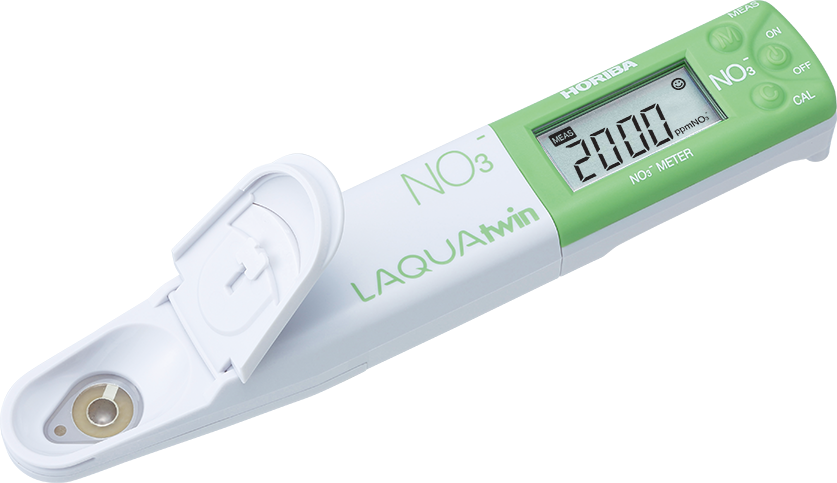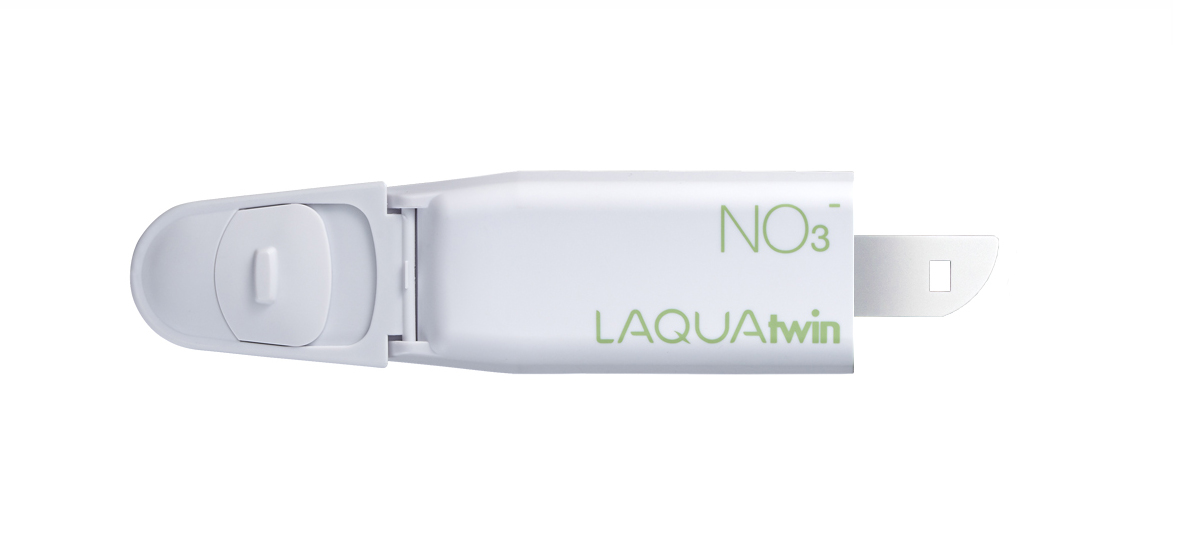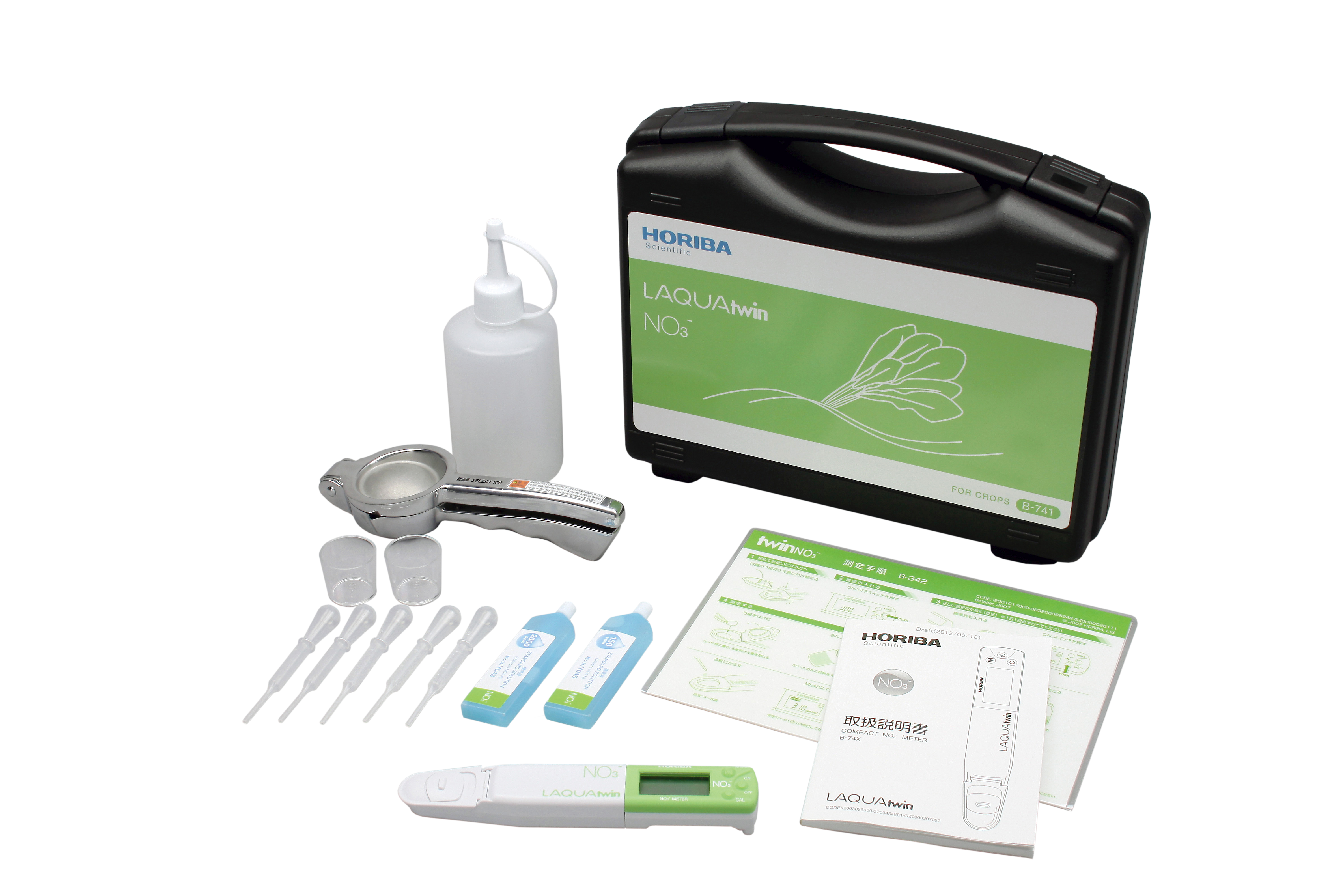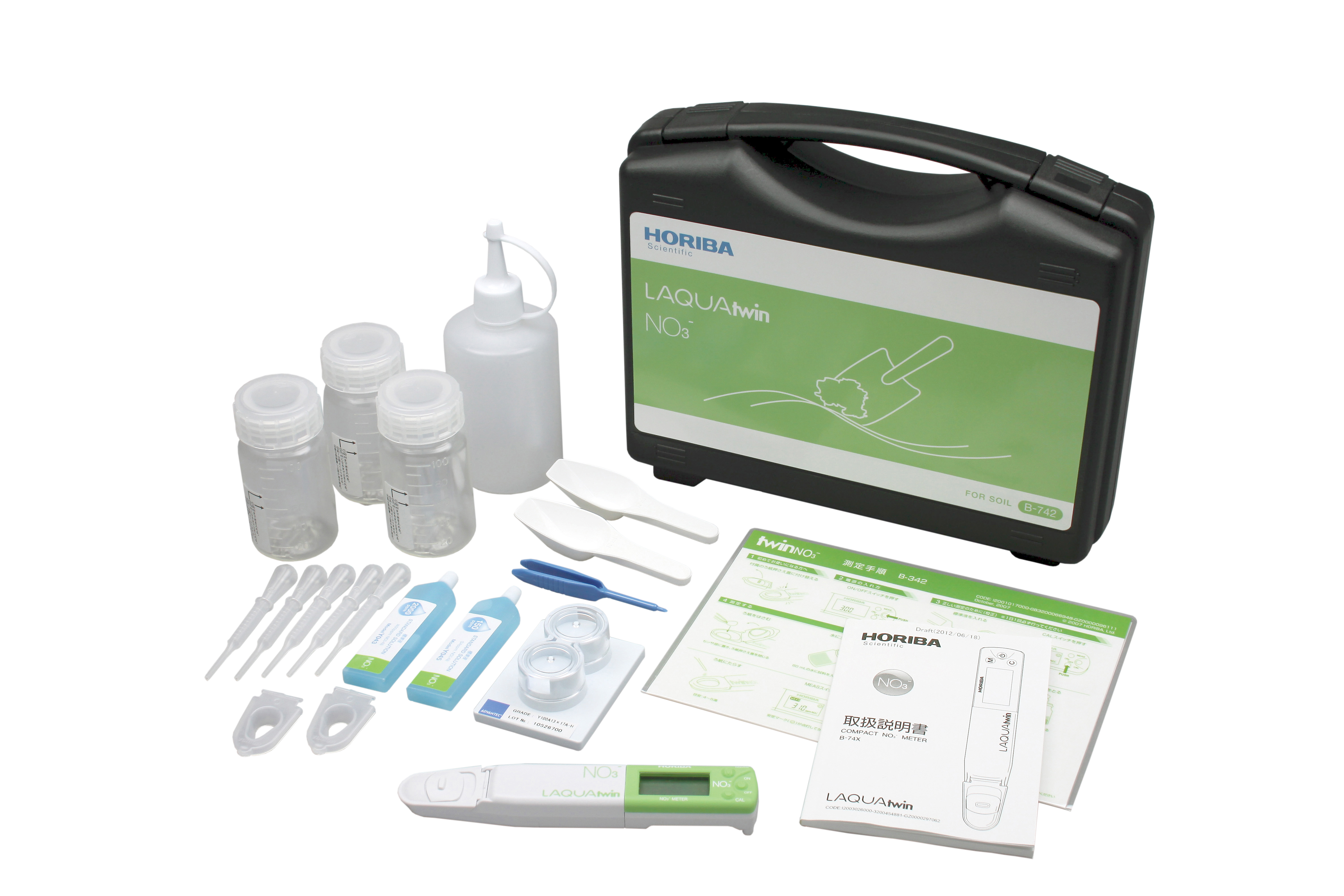Nitrate in onion cultivation
Nitrate (NO₃⁻) is a critical nutrient for plant growth, playing a fundamental role in nitrogen metabolism, protein synthesis, and overall plant development. Monitoring nitrate levels in soil and plant tissues is essential for optimizing nutrient management, maximizing crop yields, and minimizing environmental impacts.
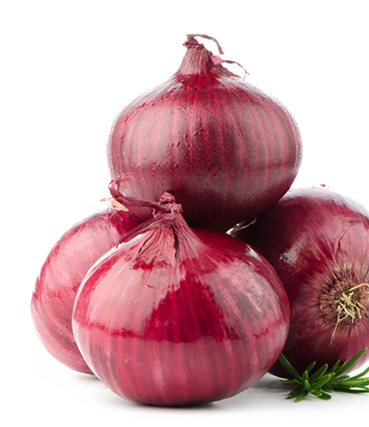
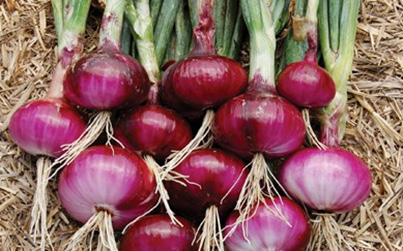
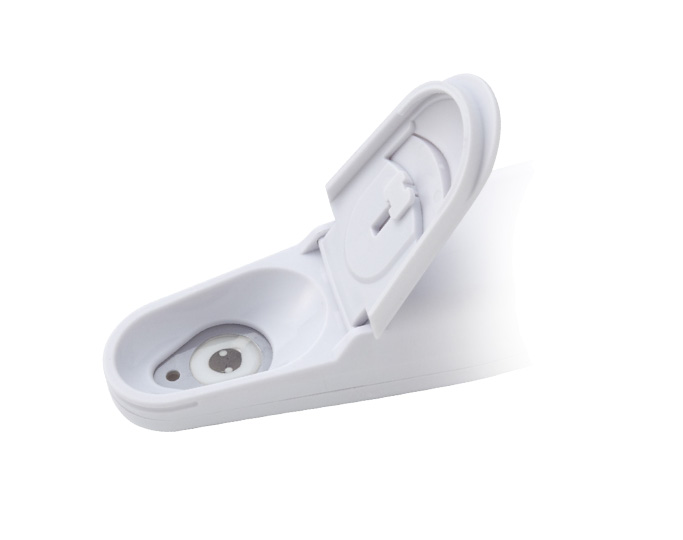
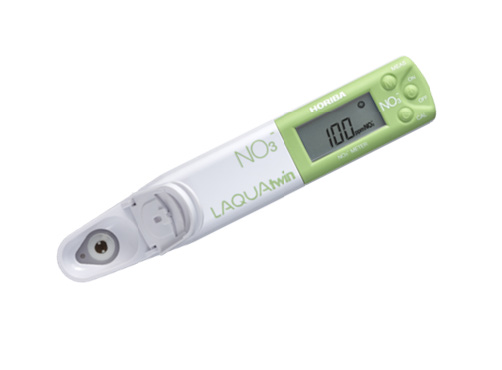
Causes of Nitrate Deficiency
- Low Soil Organic Matter:
Organic matter decomposition contributes to nitrogen availability.
Poor soil health results in inadequate ammonium conversion to nitrate. - Leaching Due to Excessive Rainfall or Irrigation:
Nitrate is highly soluble and can be washed out of the root zone.
Sandy soils are more prone to nitrate leaching. - Imbalanced Fertilization Practices:
Inadequate nitrogen application or improper timing can lead to deficiency.
Excess phosphorus or potassium can interfere with nitrogen uptake. - Soil Microbial Activity and Nitrification Inhibition:
Low microbial populations reduce ammonium-to-nitrate conversion.
Cold temperatures slow down nitrification processes. - High Crop Demand for Nitrogen:
Fast-growing or high-yield crops rapidly deplete nitrate reserves.
Lack of supplemental fertilization can lead to deficiency. - Soil pH Imbalances:
Extremely acidic or alkaline soils can impact nitrogen availability.
Optimal pH (6.0–7.0) ensures efficient nitrate uptake.
Nitrogen uptake and Nitrate Formation
Nitrogen is absorbed by plants in the form of ammonium (NH₄⁺) and nitrate (NO₃⁻) ions, which are essential for green leafy growth. When ammonium-based fertilizers are applied to plants, they undergo a process called nitrification, where soil bacteria convert ammonium into nitrate. Similarly, organic matter in the soil breaks down into ammonium, which is then further transformed into nitrate. These processes contribute to increased nitrate levels in the soil, making nitrate the predominant form of nitrogen available to plants. Due to this, nitrogen tests primarily measure nitrate rather than ammonium.
Plant tissue such as leaf and petiole contain high levels of nitrate, which has been shown over many years to be a good indication of the nitrogen status of the plant. Testing laboratories analysing for nitrogen content of dry plant tissue usually require ample time for collecting, transporting, drying, grinding and analysis. They deliver results after several days.
Measurement of Nitrate in fresh plant sap
With modern technology, quick tests for determining the nitrogen content in plant tissue like handheld nitrate meters with ion selective electrode, chlorophyll meter, and nitrate test strips have been developed.
As a general rule for nitrate testing, twenty petioles of most recently fully expanded mature leaves from different plants in a field are required for a representative sample. However, with onions, roots are used to determine nitrate levels.
The LAQUAtwin nitrate ion meter provides the easiest way to measure nitrate concentration in fresh plant sap. The sensor requires only few drops of sap, which can be quickly extracted using a garlic press. The meter analyses the sap in just few seconds and displays reading expressed as either nitrate (NO₃) or nitrate-nitrogen (NO₃-N) ppm units. Results can be obtained immediately in the field with much less effort and relatively low cost. These advantages over conventional laboratory testing are useful for onion growers in determining fertilization applications.
Method:
- Calibrate the meter according to manufacturer’s instructions using the 150 ppm and 2000 ppm nitrate standards included in the kit.
- Collect root samples from 20–30 representative onion plants in the field. Use a small spade or other lifting tool to remove the plants.
- Cut the roots from the bulbs and wash with distilled or deionized water to remove soil.
- Blot the roots dry with a paper towel and mix them thoroughly.
- Load a random sample of roots in a garlic press and squeeze the sap.
- Place drops of sap onto the flat sensor until it is fully covered. Record the reading once it is stable.
- After each use, rinse the sensor with clean water and blot dry with soft tissue.
- Repeat the procedure two or three times with the remaining sample if possible. Calculate the average of the readings of the samples.
It is best not to take readings in areas of direct sunlight or high temperatures. Collect samples and bring them indoor for analysis. Allow the samples and standards to reach same temperature before proceeding with the analysis.
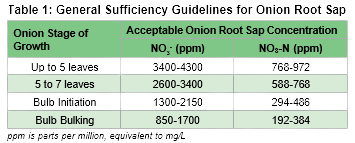
Results and Benefits
Onion roots display the greatest response to available nitrogen supply of any plant part. They are used in analysis because of the stable nitrate concentrations in the root xylem. The LAQUAtwin nitrate ion meter has been successfully used in determining nitrate-nitrogen (NO₃-N) in onions and readings have been found correlated with lab results.
When sampling, it is important to note the onion growth stage so you can determine the correct sufficiency guideline to apply with your analysis results. Sufficiency guidelines are generally expressed as nitrate-nitrogen (NO₃-N) values. The NO₃-N refers to the nitrogen portion of the nitrate molecule.
The table below provides the general guidelines for acceptable root sap nitrate concentrations at various stages of onion plant growth. Notice that the nitrate concentrations decline as the plant matures. For 0.5 to 1.5-inch onion bulbs, the acceptable root sap NO₃-N concentration range is 350 to 500 ppm. You may use the table in interpreting the LAQUAtwin nitrate ion meter results. Record the initial analysis results and use them to compare future results.
Best Practices for Nitrate Management in Plants and Onions
- Apply nitrogen in split doses based on crop growth stages.
- Use controlled-release fertilizers or organic nitrogen sources for sustained availability.
- Monitor soil moisture levels to prevent excessive leaching.
- Implement crop rotation and cover cropping to enhance nitrogen use efficiency.
- Conduct regular soil and tissue tests to guide precise fertilization decisions.
Nitrate measurement is a vital aspect of modern agricultural practices, ensuring efficient nitrogen use, improved crop yield, and environmental sustainability. In onion cultivation, precise nitrate management is crucial for bulb formation, quality enhancement, and disease prevention. Regular monitoring and data-driven fertilization strategies contribute to optimal plant health and long-term agricultural success.
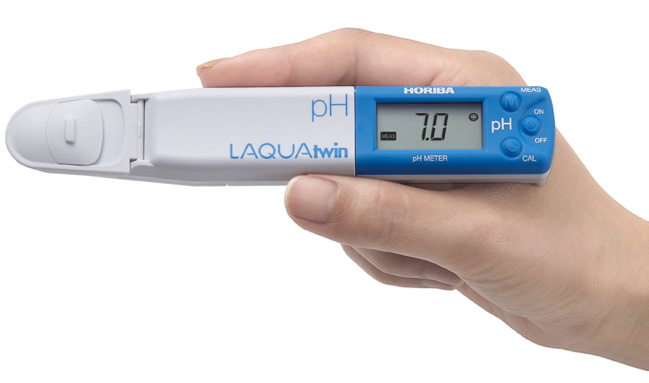
LAQUAtwin: the only meters with flat sensor technology.
HORIBA’s highly-sensitive, flat sensor technology opens up new possibilities for sampling and sample types. Only a small amount of sample is required, so you can easily sample in situ without the need for beakers or other labware. Sensors are easily replaced as required.
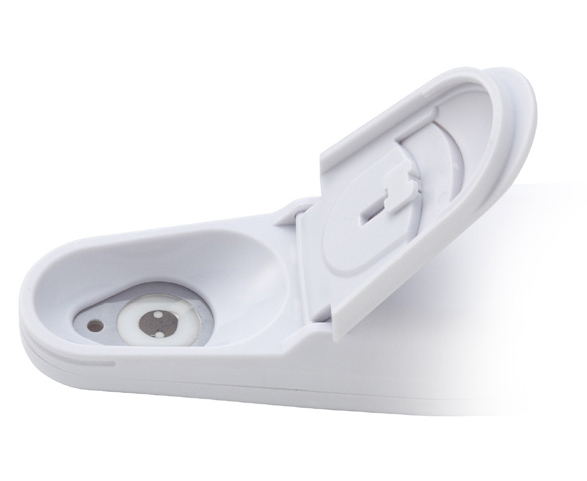
Calibrate and measure at the touch of a button — the smiley face will tell you when the result can be read.
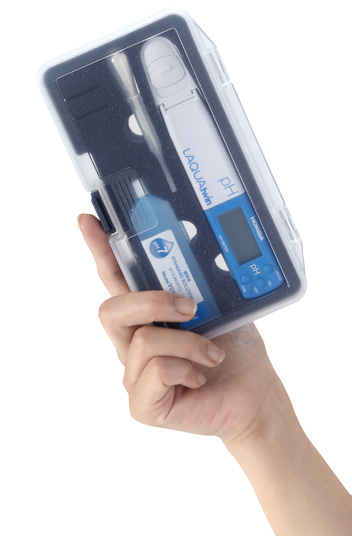
LAQUAtwin is fully waterproof and dustproof.
The meter and sensor are fully waterproof* and dustproof, so you can take it anywhere.
* IP67 rated. Will withstand immersion for 30 minutes at 1 m. Not suitable for underwater use.
Carry case comes as standard for handy portability.
The compact carry case contains everything you need for your measurements, including the standard solution and sampling sheets.

